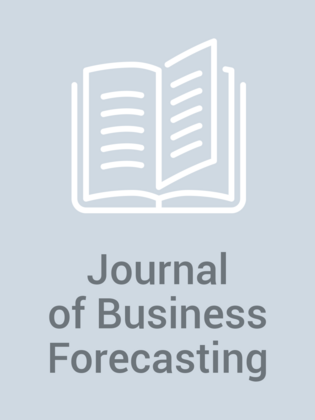Benchmarkin gforecasting errors
BENCHMARKING FORECASTING ERRORS By Chaman L. Jain, St. John’s University What matters most to a forecaster and to business is forecast error (or accuracy), because all the business decisions are based on forecasts. The more accurate the forecasts, the better will be the business decisions. But, it is humanly impossible to forecast 100% accurately every time. So then you must ask: how much error can you tolerate? Following are three ways of determining it. 1. Cost of an Error: The larger the cost of an error, the lower the error a company can tolerate. An error in forecasting can result from over- and under-forecasting. The over-forecasting results in the cost of holding excess inventory, special discounts to be offered to dispose of surplus products, obsolescence, etc. The most important cost of under-forecasting is the potential loss of revenue and customers. A recent study by the author shows that companies lose as much as $1.30 million a year for each percentage point of over-forecasting error and as much as $2.37 million a year for each percentage point of under-forecasting error. 2. Adjustment Capability of a Company: The quicker a company can adjust to an error (meaning ...









